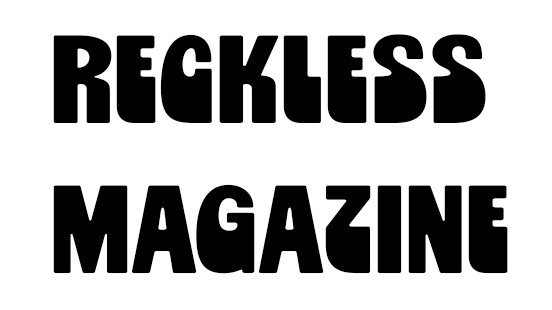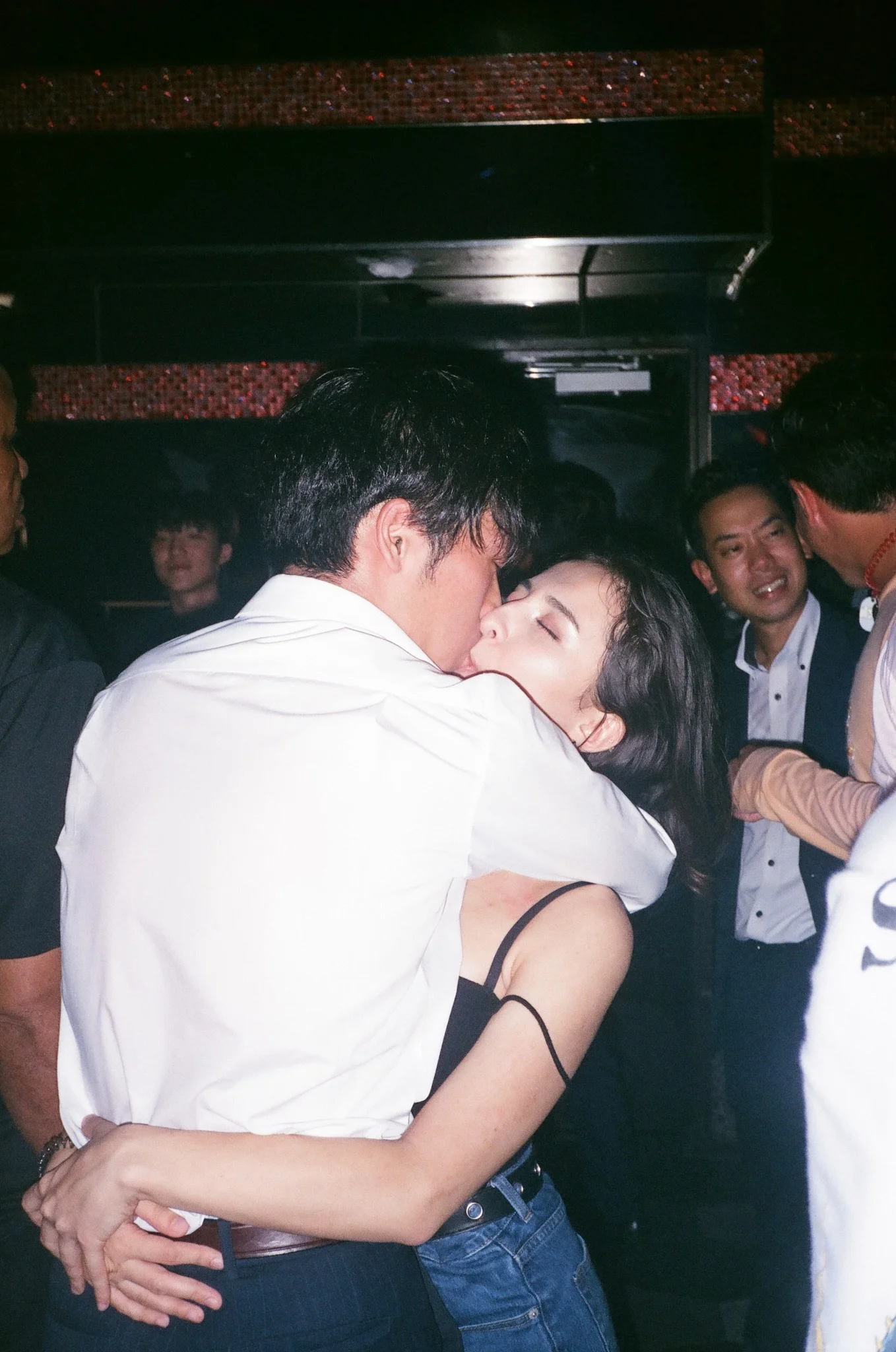The Core Elements

David Hadland is a portrait and documentary photographer who is most inspired by people from British subcultures. “The type of people that I like to photograph are usually creatives like tattoo artists, painters, or performance artists from the LGBT community,” he says. “I’m also really drawn Punks, Skinheads and Goths. They inspire me through their creativity and how they express themselves through their art, fashion and music and I want to document that. I like that these subcultures are still alive and continue to evolve.”
He finds his subjects through Instagram, parties, or through friends of friends. When asked why they are important, he says it’s because “they’re keeping these subcultures alive.” David expands by saying “it’s important to value people who choose to be different and be creative and I hope my work will spark more interest in subculture and how it has shaped our society. “
From a young age, David loved photography. “I enjoyed shooting disposable cameras while on holiday,” he remembers. “I wouldn’t shoot anything ‘artsy’, just a lot of random stuff but I liked the process of taking the cameras to the supermarket to get the photos developed and printed so I could look back at all the weird stuff I shot. “
His older sister was a major influence and helped to take his photography further. “My older sister was a band photographer and was massively into the punk scene in Brighton,” he recalls. “She inspired me to study photography and sparked my interest in subcultures. I started studying photography when I joined Sixth form and it was the first subject that I studied where I was getting high marks so I felt like I had found my thing and I’ve stuck with it ever since.”
As David developed his style, he knew that he saw the world in black and white. “I feel like I can be more connected to a photograph when its black and white,” he says, explaining his eye. “I feel like color is too familiar, as we are constantly surrounded by color photographs everyday. Black and white photographs feel separate from our world, being isolated in their own little universe, the absence of color strips the photograph down to its core elements, light and shadow, which I think makes it more powerful.”
David is widely known for his portraiture, but documenting people wasn’t always the plan. “Originally I never wanted to shoot portraits because I used to have really bad social anxiety,” he says. “I used to really struggle with talking to subjects and giving them direction, but through constantly exposing myself to that situation I eventually became more confident and overcome my anxieties. Now I enjoy meeting new people from all different walks of life and sometimes even traveling to other countries to photograph people and it’s nice when I build lasting friendships with them too.”
Continuing in his path of photography, David has put together his portraits into a zine called DXH. “DXH Zine Vol 1 is a compilation of my favorite photographs that I have made so far, this will be the first edition of three zines that I plan to make over the next few years. After all three are published I hope to combine them all together into big premium book.
I put this zine together because I wanted to have all my best work printed physically all in one place. Seeing your work printed right there in front of you is so rewarding, as well as having the ability to pick it up and touch it instead of just looking at it on a screen. I also couldn’t figure out a good way to sell prints so I thought it would be a lot easier to just sell a book with all my work for an affordable price so then you get all my work in one go. “





